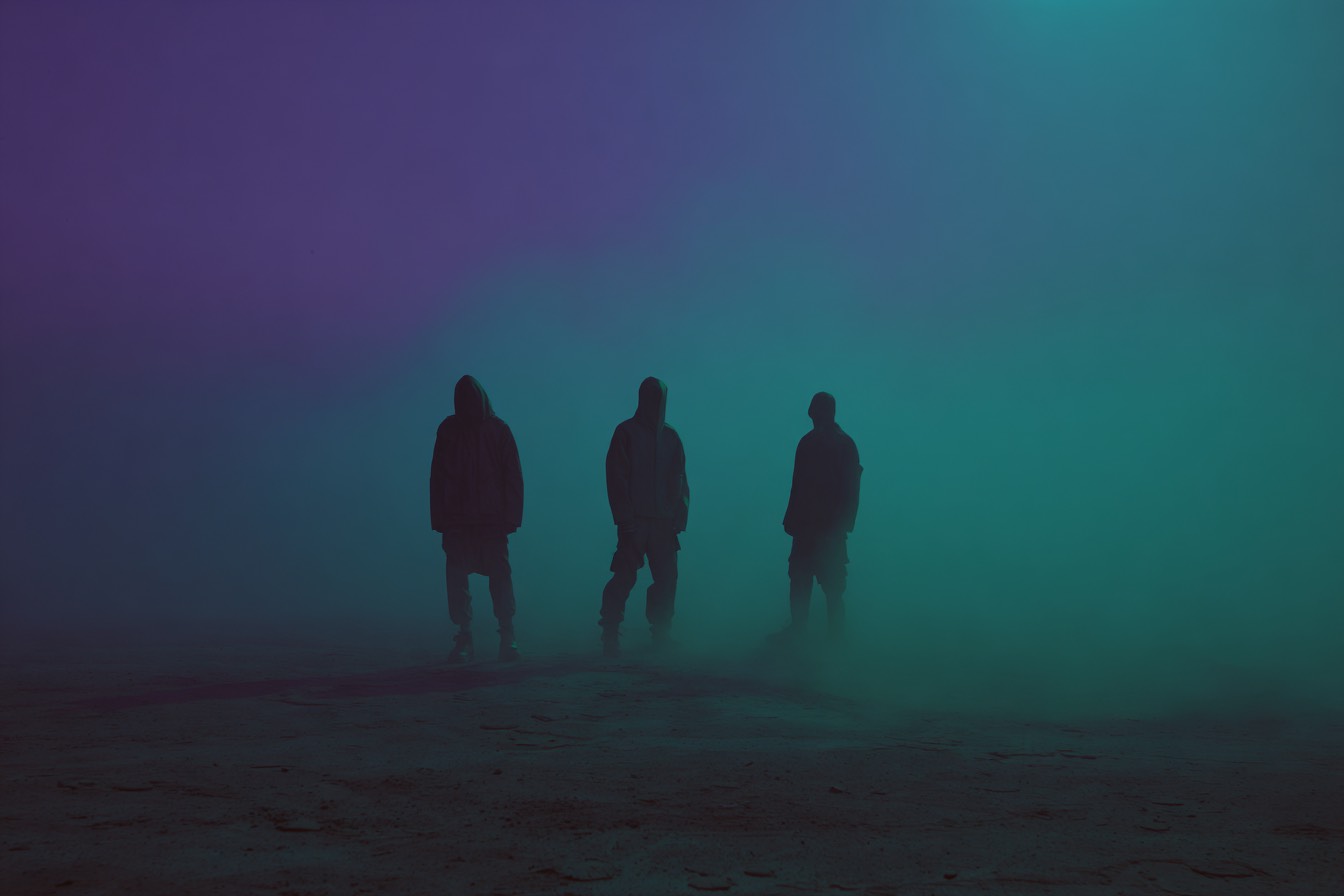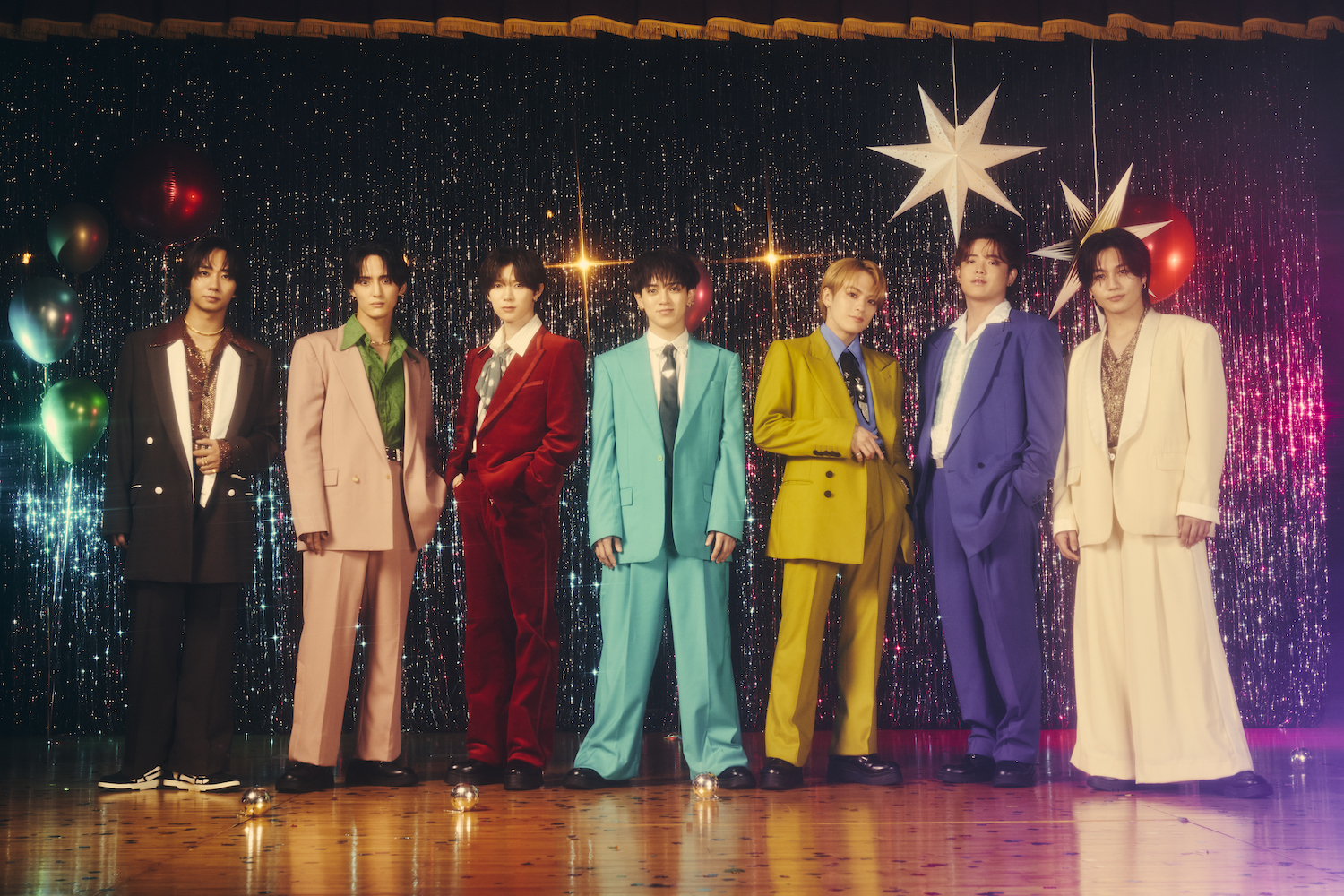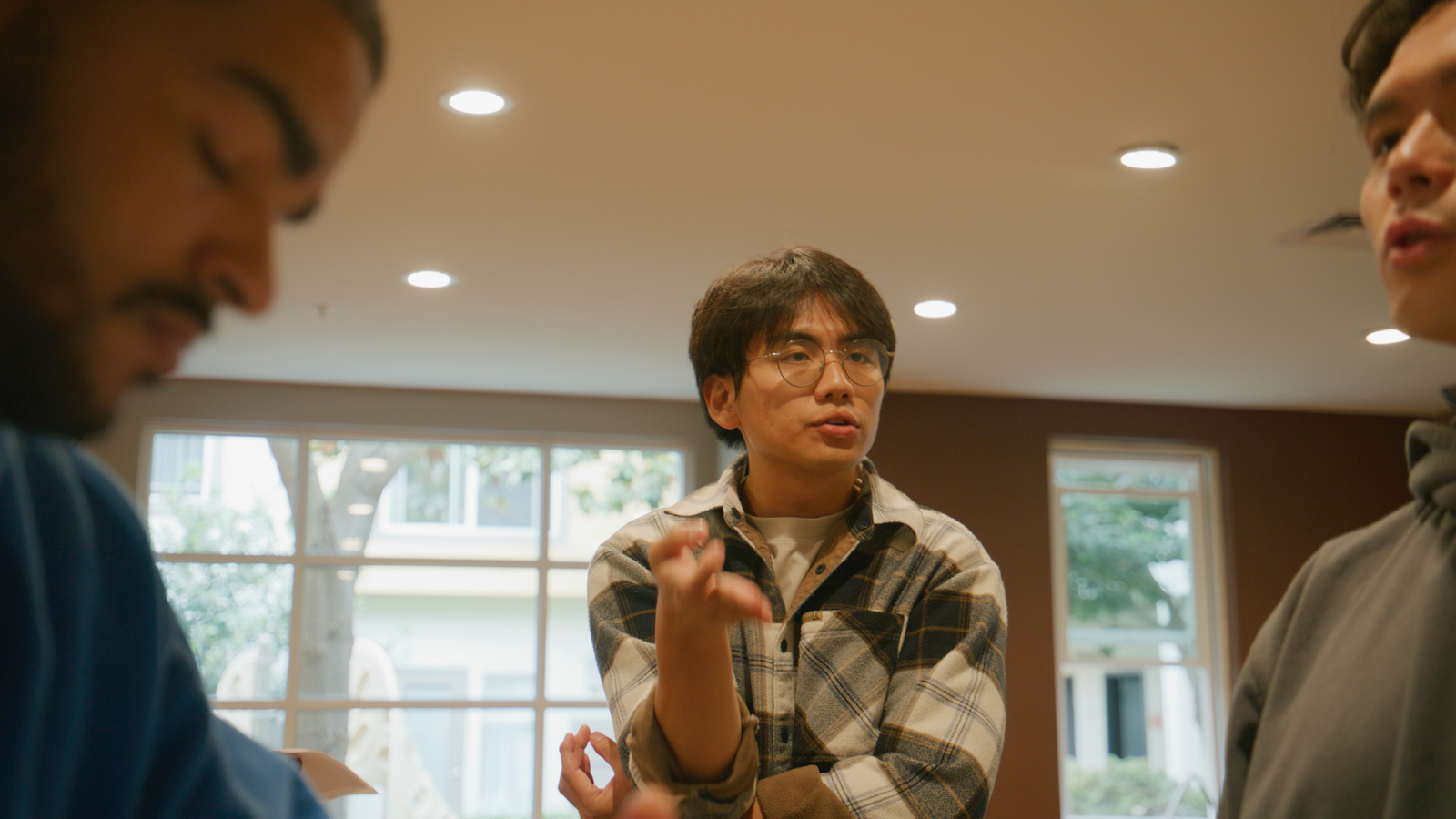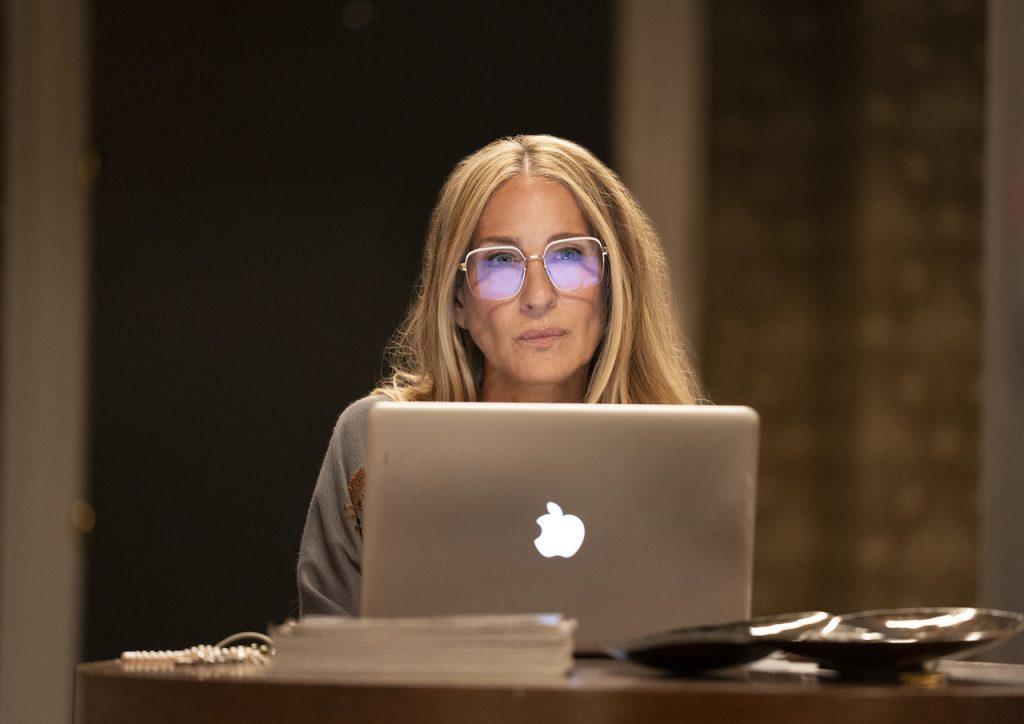Music
Cho-Liang Lin on the Economics of Classical Music in the Streaming Era
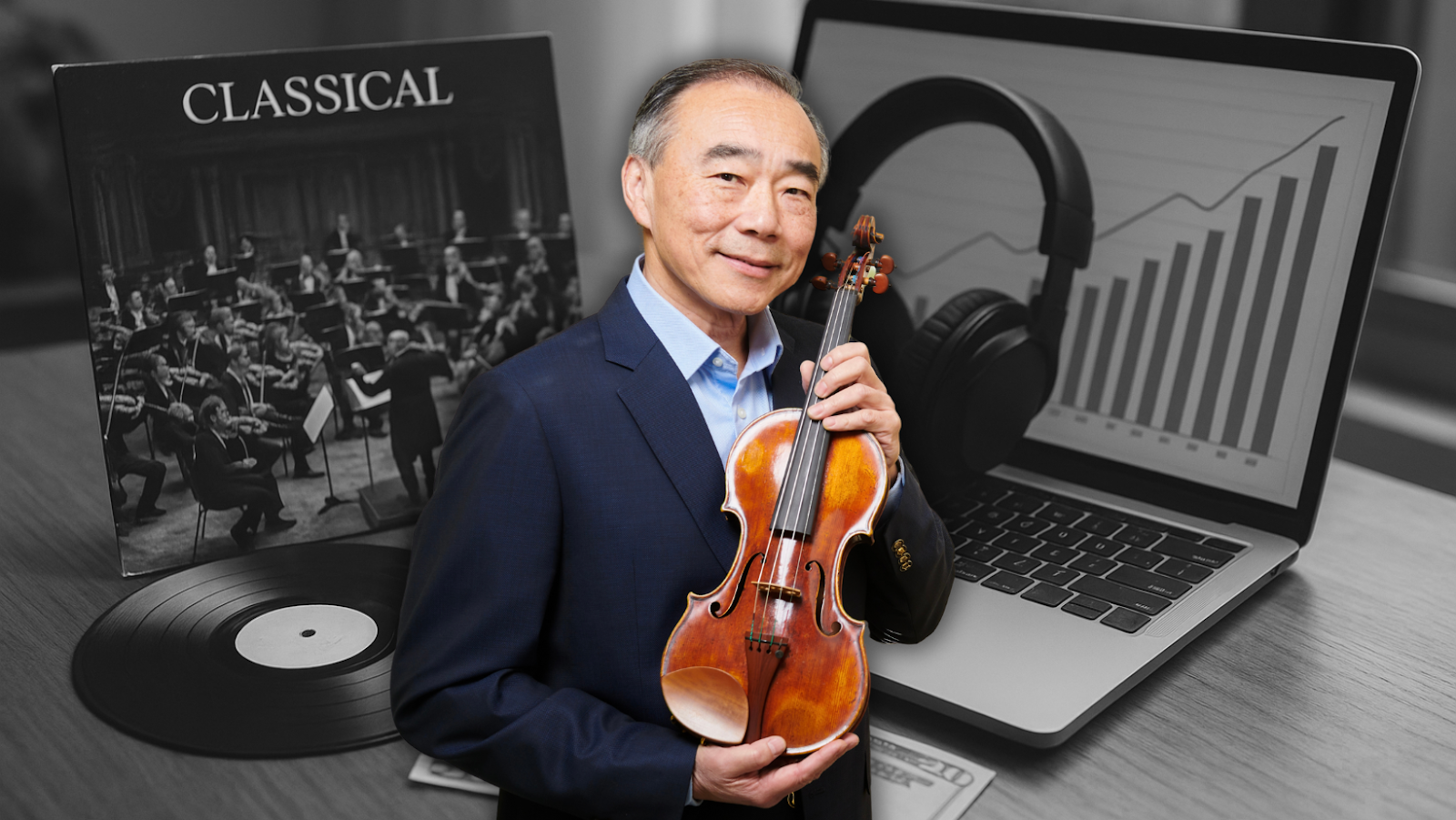
The crisp notes of a Stradivarius violin fill the recording studio. Behind the glass, a team of engineers adjusts levels with meticulous care. This scene, once commonplace in classical music, has become increasingly rare in today’s digital landscape. Few understand this transformation better than Grammy-nominated violinist Cho-Liang Lin, whose career spans nearly six decades and bridges classical music’s analog past with its streaming present.
Lin’s journey from a wide-eyed five-year-old in Taiwan who “dropped everything” to hear a neighbor practice violin to an internationally acclaimed performer and educator offers unique insights into the shifting economics of classical recording. With over twenty albums under his belt and experiences ranging from exclusive Sony Classical contracts to independent productions, Lin has witnessed firsthand how technology has revolutionized both the creation and consumption of classical music in a market where classical accounts for just 1% of album sales in the U.S., but generates approximately $384 million in global revenue annually.
The Golden Era of Classical Recording Contracts
The economics of classical recording have undergone seismic shifts since Lin signed his first major label deal in the early 1980s. “Soon after [my career launched], the record label CBS Masterworks, which is now called Sony Classical, signed me to a long-term contract,” Lin recalls. These exclusive arrangements represented the pinnacle of classical music achievement, providing substantial financial advances, dedicated marketing resources, and global distribution networks.
For classical artists of Lin’s generation, these recording contracts offered not just income but artistic legitimacy. Major labels invested heavily in developing artists’ careers over multiple albums, allowing for artistic experimentation alongside commercial releases. This model supported the creation of comprehensive discographies documenting artists’ interpretations of core repertoire while occasionally venturing into contemporary works.
Digital Disruption and the Streaming Challenge
The transition from physical media to streaming has fundamentally altered the recording landscape. Today’s classical recordings must compete in a streaming environment that often compresses nuance and prioritizes algorithms over artistry. With streaming services paying around $0.0025 per play, a 40-minute concerto earns the same as a three-minute pop song despite the vastly different creation costs.
Naxos Records founder Klaus Heymann candidly told Cho-Liang Lin that streaming is the least profitable format for a record label. This reality compounds other revenue challenges for classical artists. Musicians once reliably sold CDs at concert hall lobbies before, during and after performances, often coupled with autograph sessions that created both additional income and personal connections with audiences. As fewer consumers use physical media, this revenue stream and engagement opportunity has largely disappeared.
Lin recalls his early recording experiences compared to now, noting how modern recordings and digital media can place listeners ‘inside’ the orchestra’s sound in ways not imagined before, revealing both the opportunities and challenges of new technology. While streaming has democratized access to classical music, it has also disrupted the economic models that once supported ambitious recording projects.
According to Statista, classical music streaming revenue more than doubled between 2016 and 2018, reaching $140.8 million globally, yet this represents a tiny fraction of the overall streaming market.
The Crisis of Artistic Identity in the Digital Age
One of Lin’s most pointed observations about the streaming era concerns its impact on musical distinctiveness. “Even great orchestras around the world, it’s harder to tell them apart. It’s all gotten a little bit too blended,” he notes with audible concern. This homogenization extends beyond performance styles to economic considerations—with streaming revenues providing fractions of pennies per play, many classical ensembles find themselves competing for attention rather than artistic distinction.
“I could tell an orchestra recording from the same era, clearly within two minutes… that’s a British orchestra, that’s a French orchestra, that’s a German orchestra, Viennese orchestra. And now it’s really hard to tell,” Lin observes, highlighting how economic pressures have compressed artistic differences. For classical musicians, this signifies both an identity crisis and an economic challenge. As distinctiveness becomes harder to market, premium pricing also becomes more difficult.
The streaming economy has pushed many classical artists toward a difficult crossroads. While streaming platforms like Spotify or Apple Music optimize for the three-minute track in what industry insiders call “the song economy”, classical music’s traditional album-oriented format struggles to fit this model.
Specialized Solutions for Classical Streaming
The classical music community has responded to these challenges with specialized approaches:
- Dedicated classical streaming services – Platforms like Idagio and the former Primephonic (acquired by Apple) have developed specifically to address classical music’s unique metadata and discovery needs
- Alternative payment models – Some services have implemented per-second payment structures to more equitably compensate for longer works
- Enhanced metadata systems – Classical-specific platforms organize music by composer, performer, conductor, ensemble, and period—not just artist and track
- Higher audio quality tiers – Services like Tidal, Amazon Music HD, and Apple Music offer lossless and high-resolution options that better capture classical recordings’ dynamic range
Despite these innovations, these specialized platforms remain niche players in a mainstream-dominated market. Lin’s experience navigating these waters offers valuable lessons for today’s musicians. His career demonstrates that maintaining artistic integrity while acknowledging market realities isn’t merely idealistic but essential for survival.
New Economic Models for Classical Musicians
Despite these challenges, Lin remains cautiously optimistic about classical recording’s future. His experience commissioning and premiering 54 new works during his tenure at La Jolla SummerFest demonstrates his commitment to musical innovation. “You never know whether a piece will endure the test of time, but you have to give the piece a chance,” Lin explains, comparing new musical works to babies that need nurturing.
The streaming era has forced classical musicians to create alternative economic models. Rather than relying solely on recording revenue, today’s classical artists must view recordings as part of a broader ecosystem that includes teaching at prestigious institutions, festival leadership and artistic direction, commissioning new works, entrepreneurial concert series development, educational outreach, and digital content creation. This diversified portfolio approach has become essential in the streaming era, where single revenue streams rarely provide sufficient income.
Some research suggests this shift might actually benefit classical music. MIDiA Research found streaming is opening classical music to younger, more diverse audiences who discover the genre through relaxation playlists and algorithmic recommendations.
The Multi-Faceted Career Approach
“I’ve been very lucky that I found myself being pretty good at three things, which are performing, teaching, and administration,” Lin reflects in festival appearances across the world, highlighting how diversification has sustained his musical life. This multi-faceted approach represents the new economic reality for classical musicians. Where recordings once generated substantial income, they now function more as artistic calling cards that open doors to other opportunities.
Lin’s Grammy-winning recording of Joan Tower’s Violin Concerto exemplifies this new paradigm. While the recording itself may not have generated substantial streaming revenue, it elevated both the composer’s and Lin’s profiles, leading to additional engagements. “Joan became recognized as one of the foremost composers of our time because of that album,” Lin notes with satisfaction.
This portfolio approach echoes strategies increasingly adopted by other classical artists, who supplement their recording careers with teaching positions at institutions like Lin’s Rice University, or develop specialized digital platforms focused on optimizing classical music metadata and discovery.
Bridging Classical Music’s Past and Future
Musicians whose careers span both the pre-digital and streaming eras offer unique perspectives on the economic evolution of classical recording. Having witnessed the transition from major label contracts to algorithm-driven discovery, these artists can speak to both historical and contemporary realities of the industry.
“I believe in us. I really, really do. I love humans. I find humans fascinating,” notes Lin, highlighting that human connection remains central to classical music regardless of technological disruption. While streaming platforms have altered traditional revenue models, they’ve simultaneously expanded classical music’s reach to previously untapped audiences worldwide.
The classical music industry continues to develop new approaches to the streaming economy. Apple’s launch of Apple Music Classical in 2023 represented a significant acknowledgment of classical music’s unique requirements by a major tech company. Simultaneously, specialized platforms continue refining payment structures that better accommodate longer works and the complex metadata needs of classical recordings.
The economics of classical music streaming will likely continue evolving, but experienced musicians like Cho-Liang Lin demonstrate that artistic integrity and financial sustainability need not be mutually exclusive. Through diversified income streams including teaching, festival leadership, and commissioning activities, classical artists can maintain creative vision while adapting to new economic realities.

